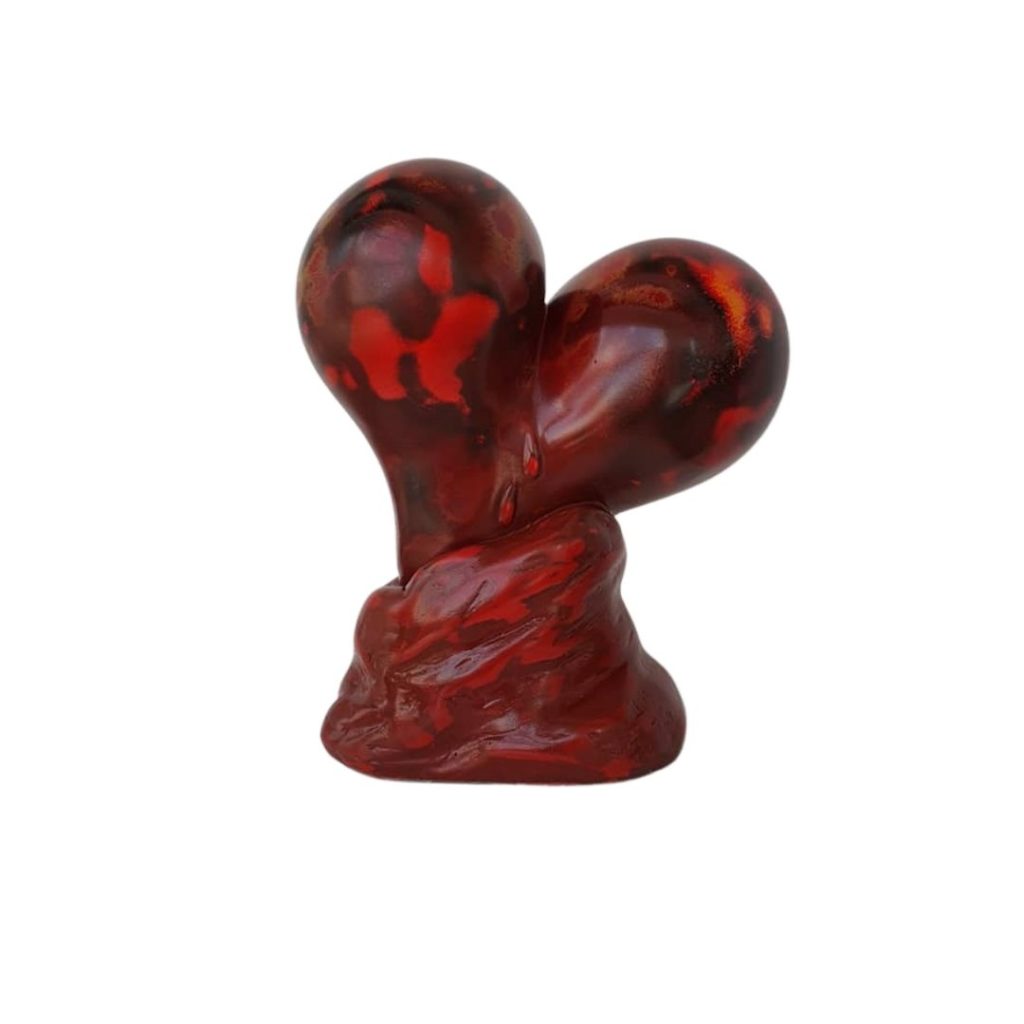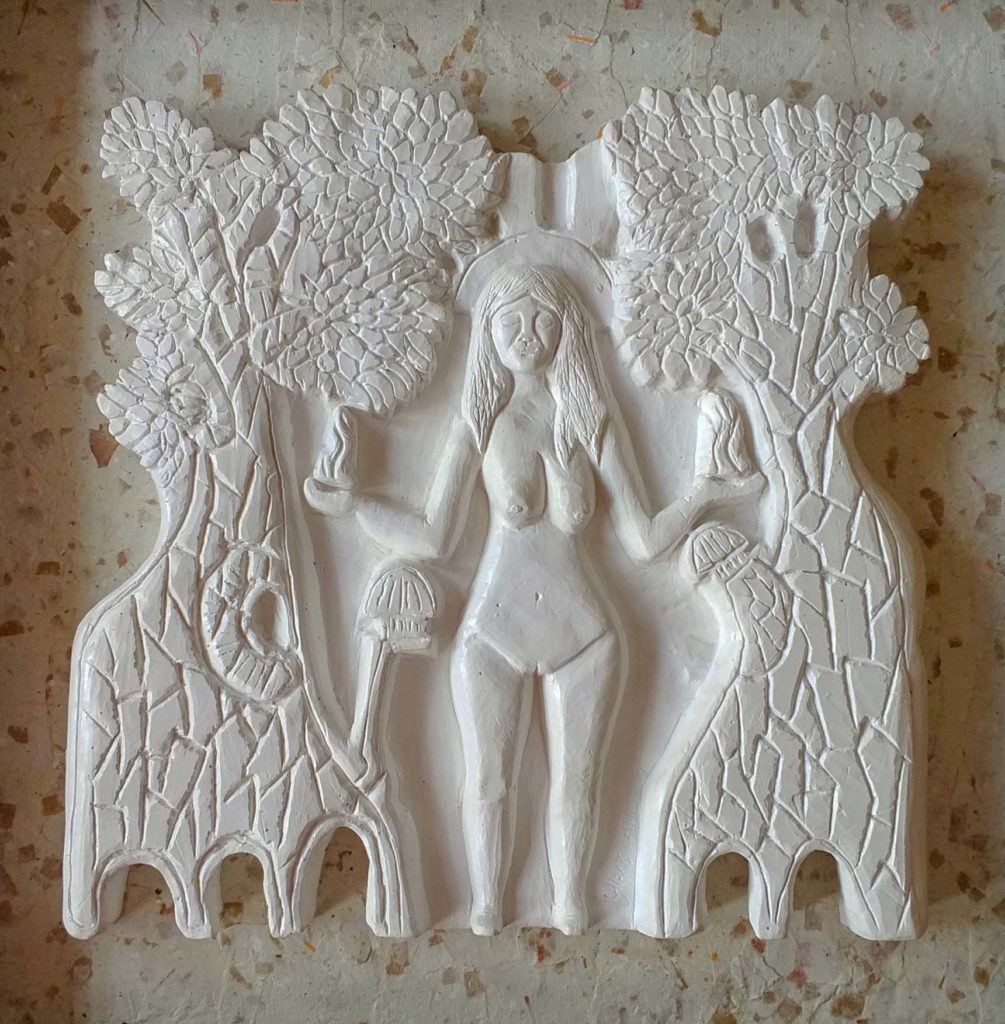Art Talks
Reclaiming the Sacred Feminine through Sculpture
Pre-historic sculptures found in Western Europe to Ukraine representing the female body refers not just to the human being. They are goddesses or other sacred beings imagined and materialized for reverence. They lead to a theory of a prevailing matriarchal society during that time. “Marbled Heart”, by Julie Lluch, appears to be more than its title claims it to be. You can also see either a pair of breasts or ample buttocks. It’s like a modern take on the pre-historic “Venus” wherein the essential dimorphism is given emphasis. Although Agnes Arellano’s sheela-na-gig “Eternity” was modelled after sculptural elements – also in Western Europe but already during 11th to 12th century, it still emanates the same female power through its pose and the exaggerated rendering of the vulva. From the temporal echoes of these two art pieces, Yllang Montenegro’s “Bangkilan: Unang Yugto, ang Pagtanggap ng Kapangyarihan”, crosses the globe to come to our local folktale, and reflects again an iconic imagery from the West – the tree in Eden with Adam and Eve. But this time, the local folklore deviated the patriarchal narrative and reclaimed the hierarchy of the pre-historic “Venus” by having the voluptuous figure as the solitary human form in the scenario. This is how these three sculptures by different women artists conveyed a collective consciousness that prevailed through time and across continents in the language of the woman’s body.




